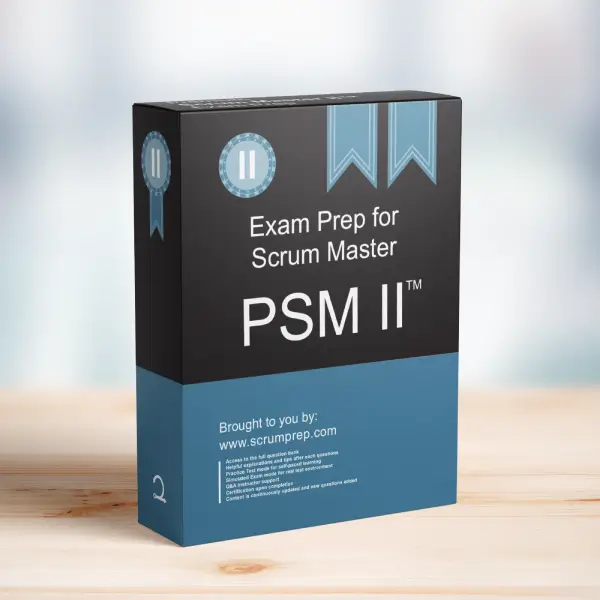Handling User Documentation in Scrum
User documentation is often a critical part of the Definition of Done in Scrum. This article explores how to handle situations where there are not enough technical writers available to produce user documentation.
Exam Question
User documentation is part of the Definition of Done. However, there are not enough technical writers to go around. Your Scrum Team does not have a Technical Writer. What needs to be done?
(choose the best answer)
- A. Your Scrum Team is still accountable for creating user documentation. In this case, the Developers will write it.
- B. Let the user documentation remain undone and accumulate until after the last development Sprint. It will be then done by any available technical writers.
- C. Form a separate team of technical writers that will work on an on-demand basis for the various Product Owners. Work order will be first in, first out.
Correct Answer
A. Your Scrum Team is still accountable for creating user documentation. In this case, the Developers will write it.
Explanation
Correct Answer
A. Your Scrum Team is still accountable for creating user documentation. In this case, the Developers will write it:
In Scrum, the Definition of Done is a commitment made by the entire Scrum Team. If user documentation is part of this commitment, then it is the responsibility of the Developers to ensure it is completed. The Scrum Team works together to fulfill all aspects of the Definition of Done, regardless of individual roles. This ensures that each Increment is potentially releasable and meets the agreed-upon standards.
Incorrect Answers
B. Let the user documentation remain undone and accumulate until after the last development Sprint. It will be then done by any available technical writers:
Accumulating unfinished work goes against Scrum principles. Each Increment should be potentially releasable and meet the Definition of Done by the end of the Sprint. Postponing documentation can lead to incomplete or untested functionality, and it disrupts the flow of delivering potentially shippable increments.
C. Form a separate team of technical writers that will work on an on-demand basis for the various Product Owners. Work order will be first in, first out:
Creating a separate team for documentation disrupts the self-managing nature of Scrum Teams. It also creates dependencies and potential delays, which can impede the flow of value. The Scrum Team should aim to be cross-functional and capable of handling all aspects of product development, including documentation.
Responsibilities in Scrum
- Product Owner: Ensures the Product Backlog is ordered and includes all necessary work, including documentation. Works with stakeholders to prioritize and refine backlog items.
- Scrum Master: Facilitates Scrum events, helps remove impediments, and ensures that the Scrum framework is understood and enacted. Supports the team in adhering to the Definition of Done.
- Developers: Responsible for delivering a potentially releasable Increment and managing their own work. This includes ensuring that all aspects of the Definition of Done are met, such as user documentation.
Relevance to the PSM II Exam
Understanding the accountability of the Scrum Team in meeting the Definition of Done is crucial for the PSM II exam. This includes handling all necessary tasks, even if they fall outside traditional roles, to ensure that each Increment is complete and potentially shippable.
Key Takeaways
- The Scrum Team is collectively responsible for meeting the Definition of Done, which includes creating user documentation.
- Postponing documentation or forming separate teams for specific tasks can disrupt the flow of value and the self-managing nature of Scrum Teams.
- Cross-functional Scrum Teams should aim to handle all aspects of product development to deliver complete and potentially shippable increments.
Conclusion
In Scrum, the entire team is accountable for meeting the Definition of Done, including user documentation. This responsibility ensures that each Increment is potentially shippable and meets the agreed-upon standards. For comprehensive preparation and practice exams, check out PSM II Exam Prep to enhance your understanding and application of Scrum principles.



